A soft to semi-soft cheese originating from the United States, muenster cheese is known to be rather pale in color and with a particularly mild flavor profile that is said to pair quite well with certain types of white wine or as an ingredient in various pasta recipes that combine its texture and taste with other ingredients.
The best flavor substitutes for Meunster cheese are:
- Provolone
- Pork Salut
- Edam Cheese
The best texture substitutes for Meunster cheese are:
- Monterey Jack cheese
- Gouda cheese
- Havarti cheese
What is the Texture and Flavor Profile of Muenster Cheese?
Muenster cheese, in its ordinary form, presents a rather soft texture often compared to mozzarella cheese, though with none of the stretchiness that is characteristic of the latter dairy product.
The rind of muenster cheese is colored a deep orange due to the addition of a certain spice, and possesses a stronger and more intense flavor than the primary body of the cheese itself.
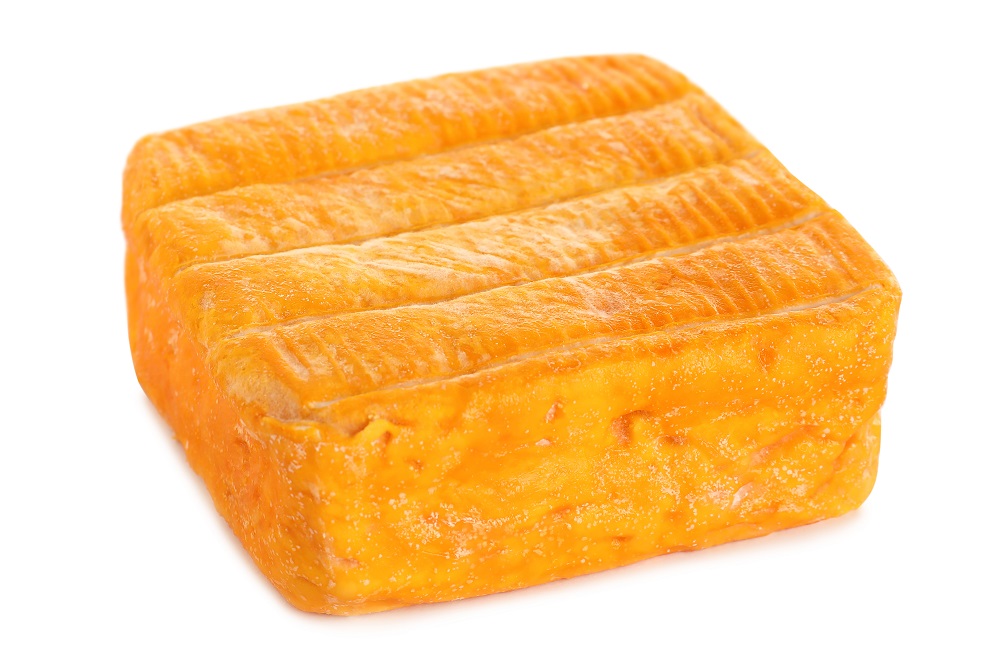
Muenster cheese in its young form presents a very mild and smooth flavor with an underbelly of sweetness that is lost as the cheese ages, instead being replaced with a more distinct savoriness and a pungent aroma that is utilized more frequently in recipes than unaged muenster cheese normally is.
How is Muenster Cheese Used in a Recipe – And How Can it be Substituted?
Muenster cheese is either served as an appetizer on its own or incorporated as an ingredient into such recipes like macaroni and cheese, sandwiches or pizza wherein its ability to melt quite easily and the characteristically mild yet sweet flavor can all pair quite well with other ingredients found in said recipe.
Muenster cheese is often mixed with other forms of cheese while it is melting so as to improve upon its otherwise mild flavor, wherein the texture of muenster cheese is the primary characteristic behind the reasoning of its addition into the dish.
In terms of substitution, chefs need not worry, as quite a few other types of cheese are perfectly capable of recreating or entirely supplanting muenster cheese’s place in a recipe, negating the need to add it as the substitute ingredient fills the role that it would normally hold.
What is Added to Muenster Cheese?
Muenster cheese is primarily formed from the curdled and treated milk of bovines, rarely incorporating other ingredients unless mixed into some sort of prepared muenster cheese product, such as a spread or cream cheese.
However, the distinct orange rind that is found on the outside of whole muenster cheese wheels all share one particular ingredient in common – that of annatto, a seed based food coloring and flavoring compound.
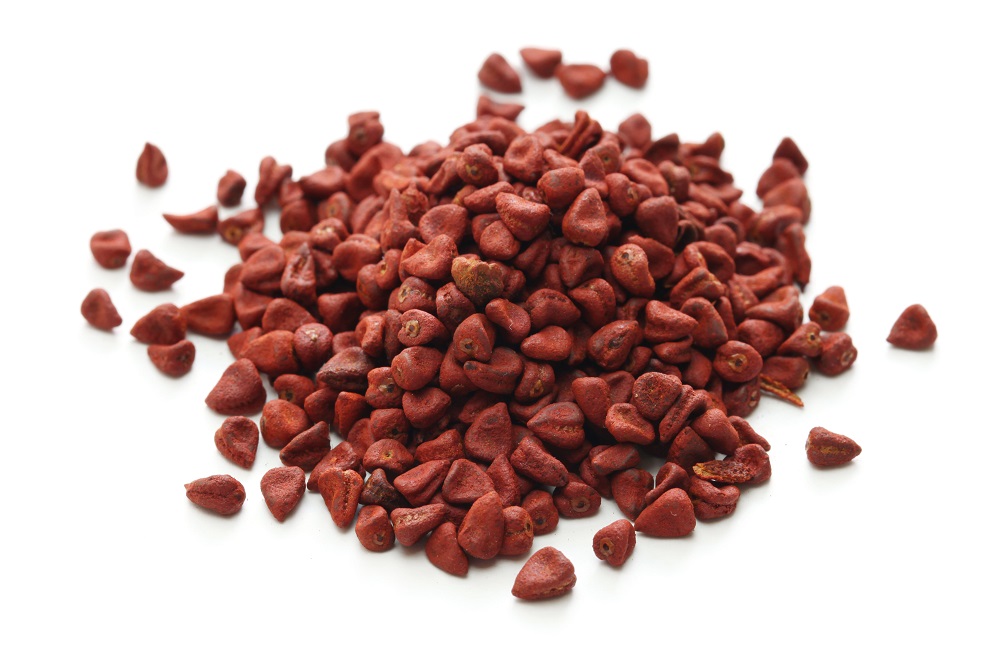
Annatto is primarily added to muenster cheese for the purposes of imparting an orange or yellow hue to both the rind and the main body of the cheese, alongside the fact that the annatto also adds a sweet and somewhat nutty flavor to the outer portions of muenster cheese.
Do Other Cheeses Also Incorporate Annatto?
In the event that the delicate and nutty flavor of annatto is the primary characteristic required in whatever recipe muenster cheese is being substituted in, certain other cheeses are also known for possessing the same flavor notes that are imparted by annatto.
Among these are the cheeses of cheddar, certain variants of Colby as well as Mimolette cheese, the majority of which originate from or are mass produced within the United States, making substituting this particular feature of muenster cheese quite easy in terms of availability and pricing.
Is Muenster Cheese the Same as Sweet Muenster Cheese?
Despite the similarities in their names, muenster cheese is actually distinct from the processed food product known as Sweet Muenster Cheese, owing to the fact that the latter cheese product is primarily made of multiple differing food ingredients unlike muenster cheese, wherein it is primarily made from cow’s milk and does not normally contain many preservatives or flavoring compounds.
As such, Sweet Muenster Cheese is unlikely to be able to act in a substitutional capacity to muenster cheese, especially as a stand-alone ingredient or as a topping in snack recipes, with the primary similarity between the two being their dairy product nature.
Flavor Substitutes for Muenster Cheese
Being known for a rather soft and delicate flavor carried by a sweet undertone, muenster cheese is rather distinct among other cheeses as an excellent addition to pasta dishes and similar recipes that require a quick-melting and soft cheese with a mild taste profile that complements such things like crackers and tomatoes in a dish.
This particular flavor profile may also be found in certain other cow’s milk based cheeses, especially the sort that have not undergone any form of aging, making substituting muenster cheese both economical and convenient, with the following flavor substitutes likely being already present in one’s pantry or refrigerator.
Provolone
Considered one of the best possible substitutes for muenster cheese due to their near identical texture and flavor, provolone possesses much of the same characteristic sweetness in a rather mild intensity that makes it excellent in such things like sandwiches and pizzas, much like muenster cheese itself.
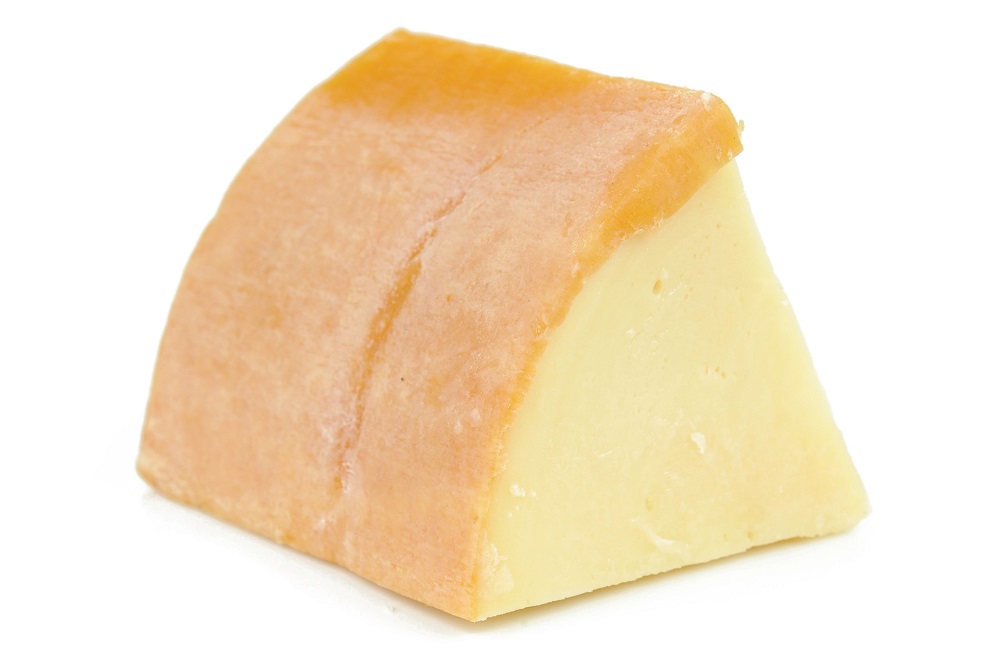
Provolone may be used in a direct one to one ratio when substituting muenster cheese due to the similarity in the intensity of their flavor profiles, which even allows provolone to be mixed with other cheeses in the same manner that muenster cheese would be.
Texturally, provolone is somewhat more firm, though nonetheless melts in the same temperatures and relative moisture levels that muenster cheese would, allowing it to replace the latter cheese in practically any recipe possible.
Port Salut
Originating- like most cheeses- from the country of France, port salut possesses a remarkably similar taste to that of muenster cheese, though with a somewhat less noticeable note of nuttiness in the main body of its flavor profile.
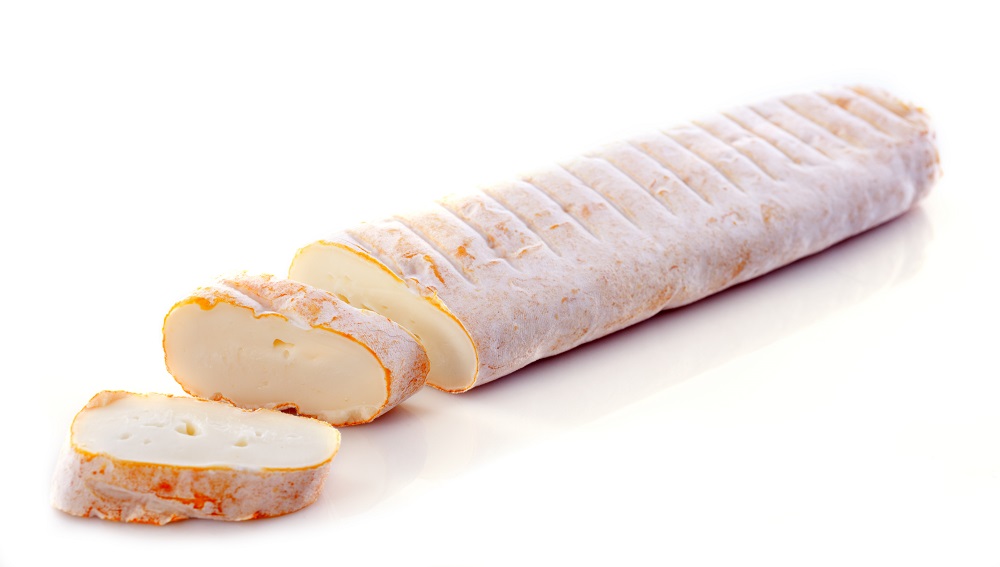
As such, port salut is best used as a substitute in dishes like snack platters or as an ingredient in sauces so as to best cover up the otherwise relatively small difference in flavor between the two cheeses.
In terms of texture, much like provolone, port salut melts at the same temperatures and moisture levels as muenster cheese, allowing it to be incorporated into pasta dishes or grilled cheese sandwiches without the need to alter the level of heat or the addition of extra moisture.
Edam Cheese
Quite different in terms of texture when compared to muenster cheese, edam cheese is nonetheless an excellent flavor substitute for the American cheese due to its distinctly nutty body of flavor, of which is unfortunately more intense than what unaged muenster cheese normally presents.
As such, edam cheese must be used in smaller volumes, especially in instances wherein it is not melted or otherwise mixed with other ingredients that may temper and soften its otherwise strong flavor profile.
Edam cheese is considered somewhat more savory than the majority of the other muenster cheese substitutes mentioned in this article, and therefore is best used with more sweet ingredients or incorporated into mixtures containing other cheeses.
Texture Substitutes for Muenster Cheese
Considered soft to semi-soft due to the high presence of fatty compounds and water, muenster cheese is not only excellent for the purposes of eating as a stand-alone ingredient but is also known for being quite easy to melt, allowing it to be incorporated into sauces and soups without the need for additional moisture or heat.
This particular meltability and rather soft texture is not entirely native to muenster cheese, however, and as such if texture is the primary concern when choosing a potential substitute for muenster cheese, there are a variety of viable candidates that meet the criteria perfectly.
Monterey Jack Cheese
Highly variable in terms of flavor, Monterey jack cheese is nonetheless a near textural twin of muenster cheese, with a highly similar melting point and a rather soft yet slightly rubbery texture that can be utilized in practically any recipe wherein muenster cheese would be used.
Considering the fact that Monterey jack cheese can vary quite widely in terms of flavor, it is best to first taste a particular brand or batch of Monterey jack cheese prior to using it as a muenster cheese substitute so as to ensure that its particular flavor meshes well with other ingredients in the recipe.
Gouda Cheese
Yet another excellent melting cheese and textural substitute to muenster cheese, gouda cheese is classified as a semi-hard cheese due to its lower level of moisture, though this does not stop it from melting in much the same manner as muenster cheese itself.

As such, gouda cheese is best used as a textural substitute to muenster cheese in the sort of recipes that would normally use muenster cheese’s meltability as a benefit, such as paninis or pizzas.
Another benefit to using gouda cheese as a muenster cheese substitute is the similarity in their flavors, with gouda presenting somewhat more intense notes of sweetness and richness than muenster cheese.
Havarti Cheese
Considered, among other things, one of the primary substitutes for muenster cheese in practically any possible characteristic, Havarti cheese is a semi-soft cheese with an excellent meltability and a flavor profile often found to be otherwise indistinguishable from muenster cheese itself.
This similarity in texture and flavor is not where the similarity between the two ends, however, as Havarti cheese is also quite similar in appearance to muenster cheese, with the same pale yellow coloring, save for the distinct orange rind that is found along the edge of muenster cheese.
References
1. Fox, P.H., ed., Fundamentals of Cheese Science, 2000, Springer Science & Business Media, ISBN 0834212609, 9780834212602
2. Unknown Author. (2014) The Cheesemonger’s Seasons. Retrieved via Google Books. Published 2011. Accessed December 16, 2021. https://books.google.com.ph/books?id=ctEWAgAAQBAJ&pg=PA80&redir_esc=y#v=onepage&q&f=false
3. Liz Thrope. (Sep 26 2017) “The Book of Cheese: The Essential Guide to Discovering Cheeses You’ll Love” Flatiron Books Publishing Retrieved via Google Books ISBN 1250063469, 9781250063465
4. Green, M., & Manning, D. (1982). Development of texture and flavour in cheese and other fermented products. Journal of Dairy Research, 49(4), 737-748. doi:10.1017/S002202990002286X



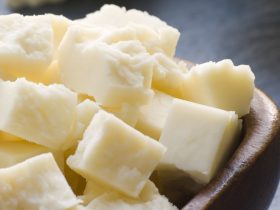

Hi, I'm Dom
Dom Eats was started to help other people fall in love with food. While cooking can feel intimidating, it doesn't have to be.